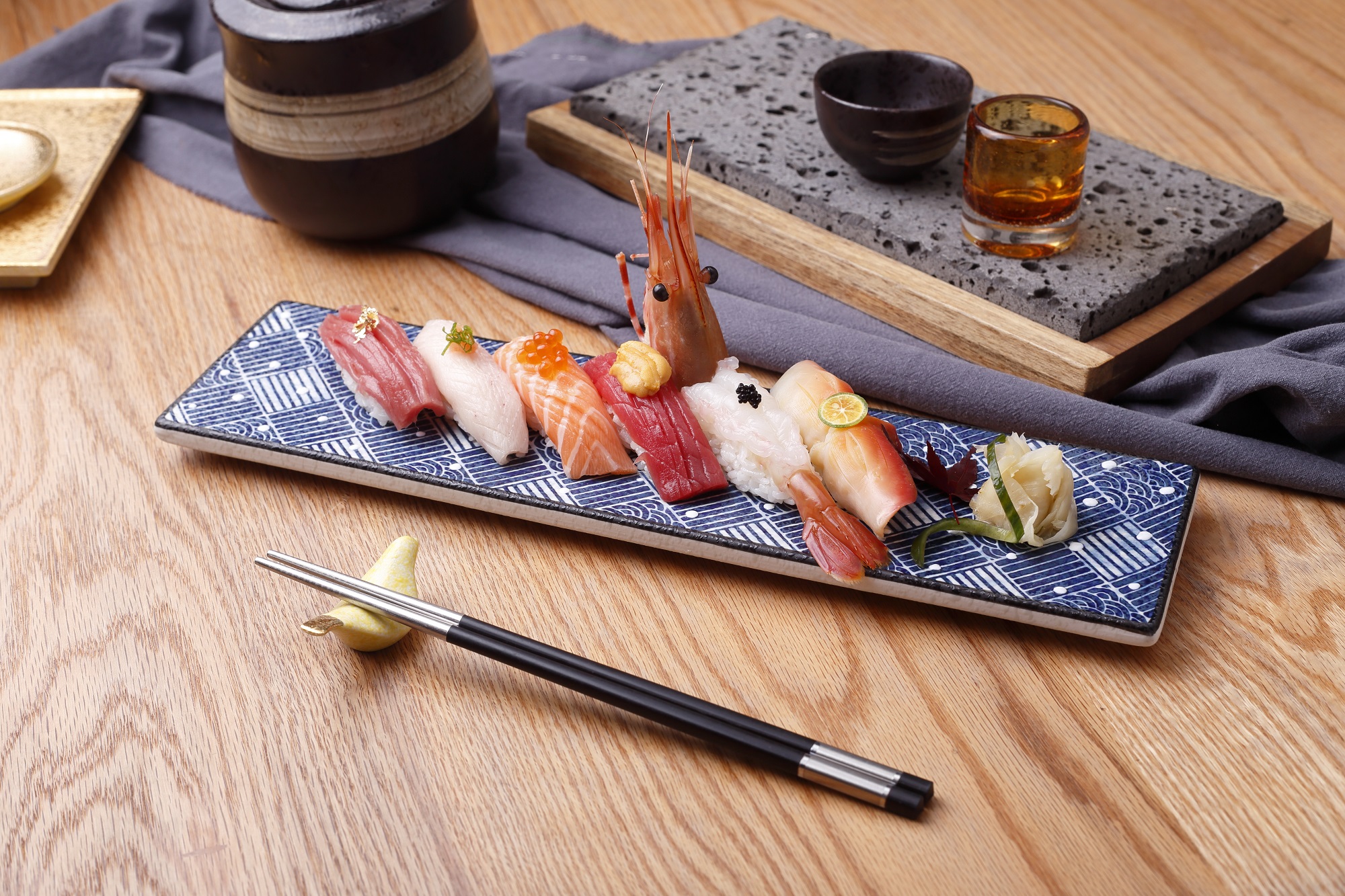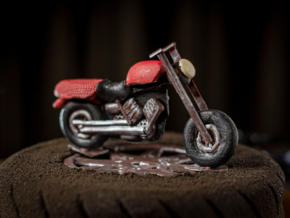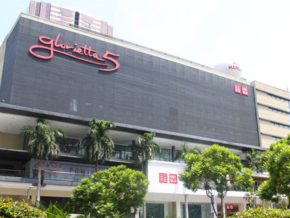Why Filipinos Should Have A Deeper Sense of Appreciation for EDSA Revolution
Updated on Feb 24, 2022.
When the year 1986 came, the world set its eyes on the Philippines. It was a shifting moment, a changed that proclaimed the power of people. Without blood but pure nationalism to be one as a country. Little did we know, it was just a start of another chapter of long misery. That’s why this celebration of people’s power is a must. It is a reminder that every Filipino —when they live together as one— can defeat tyranny and most of all, the unjust government.
To give you the spirit and sense of background, let’s take a look as to why the EDSA people power revolution shouldn’t be forgotten but always be remembered. The month of February for Filipinos is a crucial and historic moment of the year 1986.
On February 7, The Snap Election
With decades of resentment culminated toward the regime of former dictator Ferdinand Marcos, many Filipinos were already at the edge of losing their patience. And the last strand was pulled when former Senator Benigno Aquino Jr. was assassinated at the Manila International Airport. In a last ditch effort to win back the public’s trust, the ex-President decided to hold a snap election. However, things didn’t turn in his favor. Corazon Aquino, the widow of the late senator challenged Marcos for the most powerful position in the country. According to the official tally of votes, Cory was the winner of the snap election, but the Commission of Election (COMELEC) declared Marcos as the victor. Two weeks after, many officials of the government joined the opposition, as the cheating was evident. This was the start of the journey towards freedom and democracy.

Citizens continue to march to EDSA as individuals or as organized groups with their own safety ropes, provisions, and banners. Photo by Nestor Barido, People Power: The Philippine Revolution of 1986/IMAGE from Official Gazette Philippines
On February 20, 1986, The Self-proclaimed President
Marcos still insisted he won the election and proclaimed himself as the winner to retain his position. While on the same day, Corazon C. Aquino’s camp led a people’s victory rally at the Luneta Park and called for civil disobedience. In which, plenty of boycotting happened for Marcos-crony institutions. Two million people joined the event the very next day. Threatened with the escalating situation, Marcos menaced the public that he will reinstate Martial Law if the strikes continue. He even orchestrated the mass demonstration of support, only to find out this was paid supporters that cost twelve million pesos.
On February 22, Boycott Movement
After several attempts to pacify the Filipino people and convinced them that the despot was the winner, it turned out that many Filipinos actually ignited the feeling of resignment and disgust towards the Marcos regime. Not only because of his tyranny, but also for his sense of desperation to cling to his position through manipulating the result of the elections. Sickened by the current administration’s appalling actions, the Defense Minister Juan Ponce Enrile and Armed Forces Vice-Chief of Staff command Fidel V. Ramos withdrew from their positions and demanded Marcos to resign. The two leading former Marcos figures joined the ongoing protest against the government.
On February 23, The Vigil and The Protest
At the peak of the ongoing crisis, many Filipinos were determined to oust the regime of the dictator. Enrile and Ramos met along EDSA, they were surrounded and protected by a growing number of supporters eager for what already seemed then as a fomenting revolution. However, Marcos and his remaining loyal officials had mobilized forces under his command. Columns of armored tanks formed barricades along EDSA, heavily armed militant escorted the area. But the twist of the event happened— when faith defeated fear. The Catholic Church represented by Archbishop Jaime Cardinal Sin along with the priests and nuns called for the support of all Filipinos who believed in democracy. Through Radio Veritas, the call for unity came, and many Filipinos attended the peaceful protest. The rosary won over the gun and violence, and suddenly the winds of fate changed. Militants became one with the oppressed Filipino people.
On February 25, New Beginnings
On February 25, Corazon C. Aquino was sworn in as the elected President of the Republic of the Philippines, effectively reinstating democracy following decades of the totalitarian rule of the Marcoses. The power was returned to its rightful owner— the people. At last, freedom from tyranny and oppression was restored. Democracy in its glory was witnessed by the world.
February 1986 will be remembered in history as a reminder of the strength and unity of the Filipinos that overthrew Marcos and ended his terrifying regime that lasted for decades.
Sources: Official Gazette, Philippine History. org
Written by Cedie Salido













